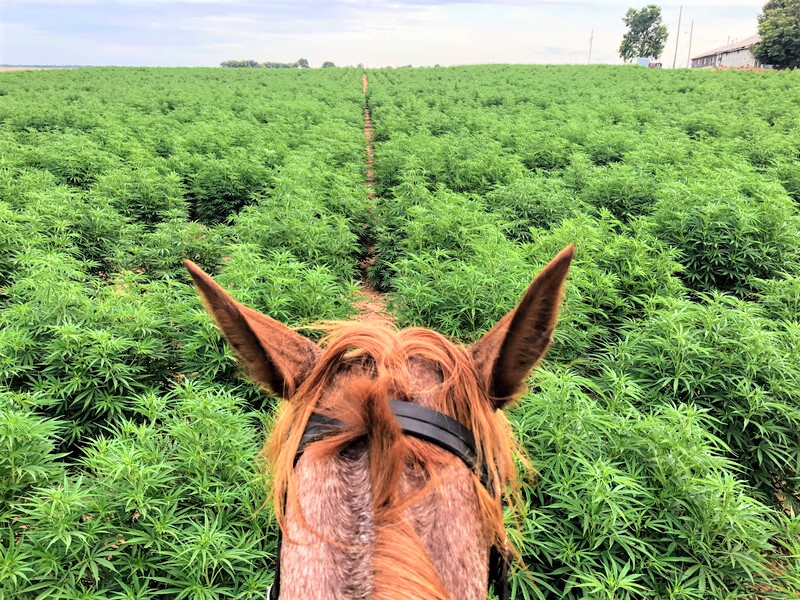
By Greg Henderson | Drovers
Volatility driven by overproduction, trade wars and ever-more fickle consumers has American farmers and ranchers facing the largest financial crisis in a generation. Searching for alternatives, many U.S. farmers are scrambling this winter to add hemp to their crop rotation, thanks to the green light given to the long-forbidden crop in the 2018 farm bill. It’s the start of what could become a revolution to traditional agriculture at a time when many farmers are financially desperate.
A new survey conducted by Farm Journal and Drovers finds that among those now considering growing hemp, additional revenue and profits are the driving factors. For instance, one respondent voiced a common theme: “If I could be certain it was low in THC and it was more profitable (to grow) it would be okay.” Another said: “If it has uses, is okay for the environment, if there is a market, if I can make money, then yes.”
Livestock producers will play a crucial role in the success or failure
of hemp, as the crop holds many potential benefits as a feedstuff. Some states have already set in motion programs to analyze hemp’s safety and practicality as a livestock feed. Two years ago, Colorado Governor John Hickenlooper signed a bill creating a working group under the Commissioner of Agriculture to study the feasibility of hemp as animal feed. As of January 2019, 40 other states have given hemp the go ahead.
“With Industrial Hemp legalization and consequent cultivation across the nation, the majority of which is being used to produce CBD, other uses for the plant may be overlooked in the short term. However, hemp has an incredible range of uses, and with a little effort may become an exciting alternative to historically conventional livestock feeds.
Hemp grows on less water than other crops, and contains certain other vital nutrients that alfalfa and corn lack. The state’s regulation of hemp is not that complex, and our office is ready to facilitate the licensure of farmers across the state so they can begin to explore diversifying and taking advantage of this exciting new opportunity.”





